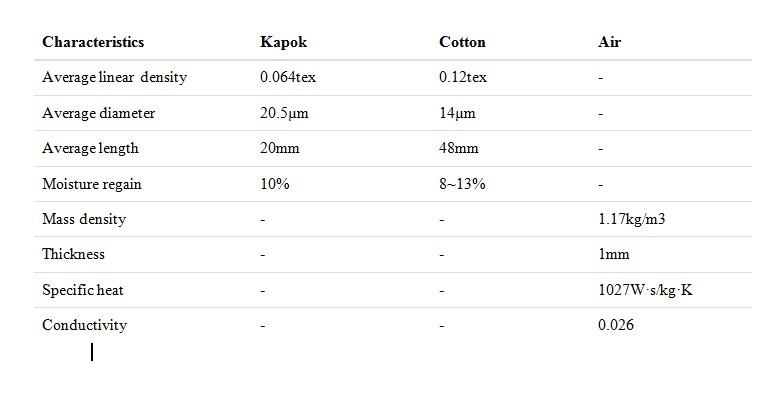kapok pillow stuffing | kapok filling wholesale |Kapok or Capok Fibres : Kapok/Capok fibre is one of the natural cellulosic fibres which grow on the kapok plant. It has a hollow body and a sealed tail, which are desirable features of candidates for functional textiles of this nature. However, the low volume weight of kapok is (specific density 0.29g/cm3), and the short length and smooth surface of the fibres, causing poor inter-fibre cohesion, have prevented kapok from being processed by modern spinning machines.
 kapok pillow stuffing-Kapok Fibers : kapok bollKapok fiber is one of the natural cellulostic fibers which grow on the kapok plant. It has a hollow body and a sealed tail, which are desirable features of candidates for functional textiles of this nature. However, the low volume weight of kapok is (specific density 0.29g/cm3), and the short length and smooth surface of the fibers, causing poor inter-fiber cohesion, have prevented kapok from being processed by modern spinning machines.
kapok pillow stuffing-Kapok Fibers : kapok bollKapok fiber is one of the natural cellulostic fibers which grow on the kapok plant. It has a hollow body and a sealed tail, which are desirable features of candidates for functional textiles of this nature. However, the low volume weight of kapok is (specific density 0.29g/cm3), and the short length and smooth surface of the fibers, causing poor inter-fiber cohesion, have prevented kapok from being processed by modern spinning machines.
Kapok are silky fibers that clothe the seeds of the ceiba tree of the family Bombacaseae. Kapok fibers have rich oiliness and do not have high strength and, therefore cannot be spun economically. It is conventionally used as a stuffing, especially for life preservers, bedding, and upholstery, and for insulation against sound and heat.
The Kapok fiber has a hollow structure with external radius around 8.25 (±4) _m, internal diameter around 7.25 (±4) _m, and length around 25 (±5) mm. Combined with the specific material density of 1.3 g/cm3 , large pore volume in Kapok assembly is available for NAPL sorption. Typical analyses indicate that the Kapok fibers comprise 64% cellulose, 13% lignin and 23% pentosan. Besides these constituents, they also contain wax cutin on the fiber surface which makes them water repellent notwithstanding they are preponderantly composed of cellulose.
Kapok Tree-Kapok
The Kapok tree is a deciduous tree that can be found in the forests of Asia and Middle America. It grows up to 70m and it has capsular fruits, which are picked and opened by hand.The fibers of the
fruits are air-dried and not treated with chemicals. Kapok is a natural fiber that is completely biodegradable. The natural bitter constituents of the Kapok fiber are anti-bacterial and anti-microbial therefore Moths, mites and other microorganisms cannot infest the toy.
Kopok Fiber Usage- kapok pillow
Kapok finds use in bedding and upholstery industries, in the production of life-saving equipment, and in the construction of thermally insulated and soundproof covers and walls. On account of its buoyancy, freedom from water-logging and weight-bearing capacity, it is the material par excellence for the manufacture of lifebuoys and belts, waistcoats and other naval life-saving appliances. The buoyancy of kapok is about five times as great as that of cork and about three times that of reindeer hair. During the war, kapok was employed for insulating tanks, for lining aviation suits, for filling floats of army assault-bridges, and generally for replacing cork wherever lightness, moisture-resistance and floating power were needed.
The kapok fiber once used in floatation vests and has been used as building insulation has a hollow fiber and looks like glass fiber under the microscope. The hollow fiber has air inside allowing combustion deep inside the material. Smoldering fire and open flame travel quickly within the material. Kapok was considered unsuitable for textile purposes, because the fibre is brittle, smooth and slippery. Refined kapok seed oil is used for the same purposes as refined cottonseed oil. The wood is light and soft and is suitable for making canoes and toys. It is used for matches. The root bark yields a fibre.
Kapok Fiber characteristics comparison with others
Kapok fibre is light, brittle, elastic, lustrous and white or pale yellow in colour. Individual fibres are cylindrical, each being a single cell with a bulbous base. The cells of the inner epidermis of the epicarp form the fibres, which are about 1-2 cm long. The air-filled lumen is broad and the wall rather thin. The fibre is, therefore, fragile, which together with smoothness of the outer surface, makes spinning impossible.
CONTACT US



Dear Sale Manager
I am tom from Thailand, I am looking for the super fine grade kapok fiber.
Due to yarn spinning process, the specification of the fiber are >3cm length and very clean.
Moreover, please send us the quotation CIF, Bandkok Thailand port.
Looking forward to hearing that you can support us.
Dear Tom how are you? I hope will you fine.
We are Anwar Kapok Trader from Pakistan, we are mainly deal in kapok fibre . We are specially produce kapok regarding to spinning requirement so we are one of the world famous supplier in the globe that offers kapok with high specification like, long leangth, strength,mic, cleaning, hummidity etc….
Best Regards,
Muhammad Anwar
Cell: +923434808340
Email: anwarkapok@yahoo.com